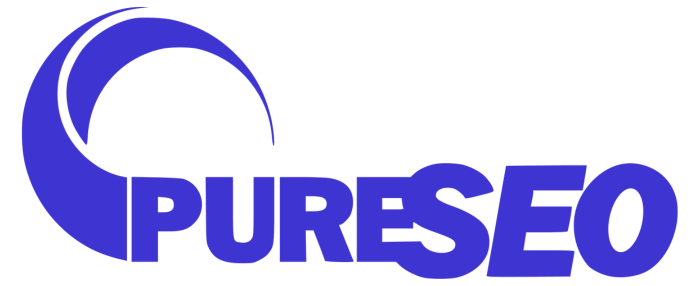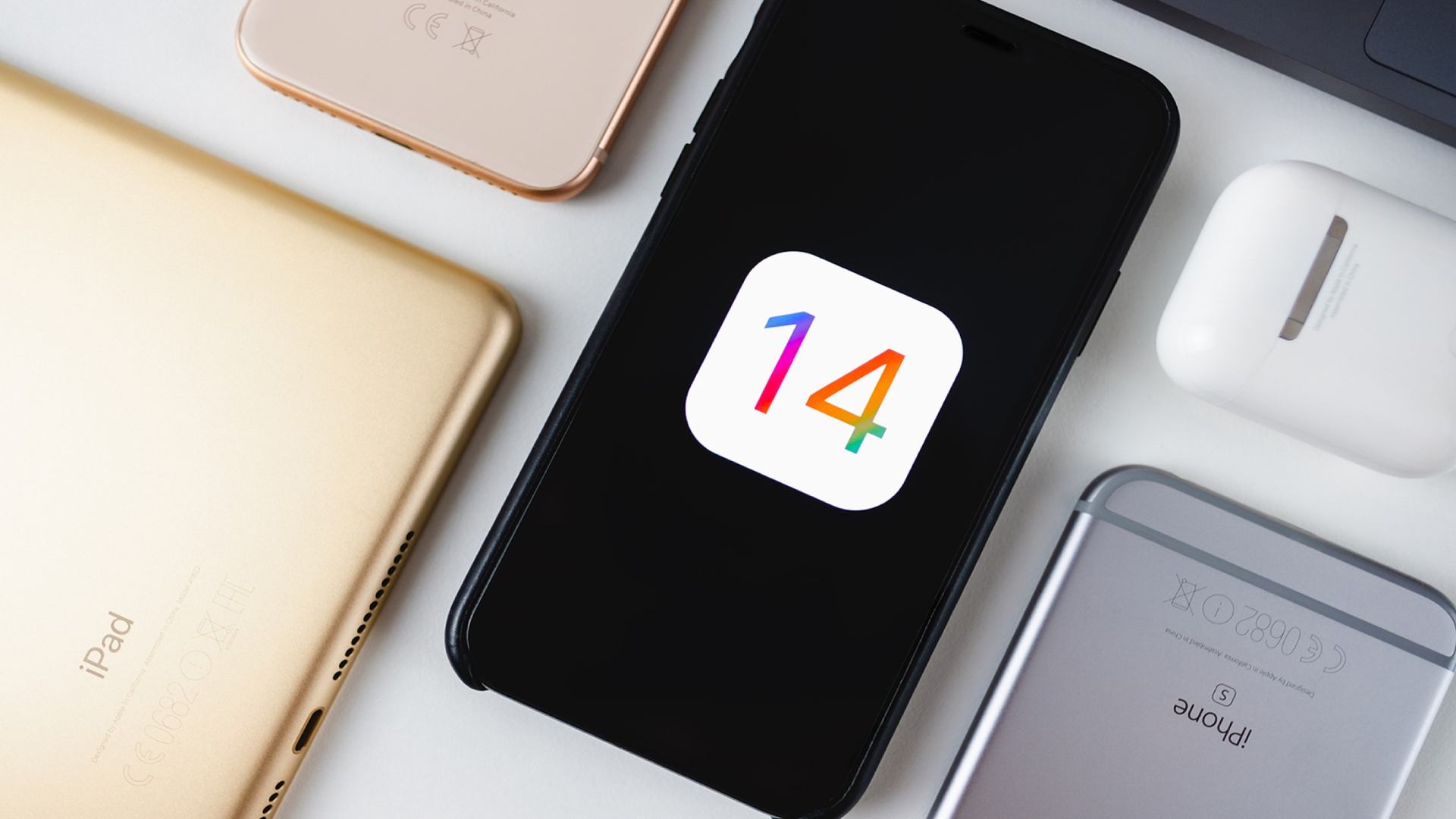
Authors: Rachel Matela, Rollan Schott and Julia Fehrer
Researching, writing, and publishing a scholarly article is already challenging enough. Often, you are distilling years of hard work and research into a single article that will be subject to scrutiny from your academic peers. Now, the current digital landscape asks a little more of our academic articles: they need to be optimised so that they can be found on search engines like Google. After all, the more people find your paper, the more likely it is to get cited.
Optimising academic articles requires a cursory knowledge of how search engines work and how people use them. Below, learn the seven key aspects to consider as you optimise your academic article.
1. Keywords
Keywords are the building blocks of any SEO strategy, and that extends to your academic article. Try to align the terminology in your article with terms that academics are searching for, using keyword planner tools like Moz or Google Keyword Planner. Additionally, you can test potential keywords in databases to see if you are consistent with the body of existing academia your article is intended to stand alongside.
Once you have determined your article’s keywords, you need to use those keywords liberally, but certainly not excessively. Insert your keywords in each of the following locations:
- Title
- Headings & sub-headings
- Abstract
- Main body text
- Graphics, tables, & figures (both in the graphics and graphic titles)
- Descriptions of the authors
- Document’s filename
2. Abstract
Write a clear and concise abstract that contains your keywords and, if possible, includes some synonyms that may be more familiar for non-professionals.
Your abstract should include the topic, argument and conclusions of your research study or paper while using the keywords throughout.
Finally, it must be simple, but also convey novelty and importance that convinces a potential reader to read the full article.
3. Graphics
For many academic articles, graphics are a missed SEO opportunity. Always remember that Google cannot “read” images. Words that appear in your paper as part of an image, rather than as text, will only appear to Google as a cluster of black pixels. To address this, always include a description of your graphics and graphs that contains the relevant keywords.
Next, your graphics or images need to be “sexier”, i.e. more appealing to a general audience. Google is smart enough to read an image’s surrounding text and will use that image to populate related search queries as well. Therefore, creating appealing, user-friendly images increases the chances of more people seeing and engaging with your images on Google Search for related searches. Ultimately, this helps boost visibility online so relevant audiences can find the academic article where your image is sourced.
That being said, the basics of image-based search optimisation still apply to images within academic articles, e.g. inserting alt text on each image (where applicable), ensuring that file names are rich in relevant keywords, and so on.
Finally, it is also best to use vector graphics (e.g. .svg, .ai, .eps, .emf) instead of raster, image-based graphics (e.g. .jpeg, .png, .pdf, .gif), as text in raster images cannot be read by search engines.
4. Main Body
Keywords need to appear prominently and frequently in the main body of your article, but not so much that they become a distraction or annoyance to the reader. While you want to appease search engine algorithms, your primary audience is your readers. Your article should read naturally for humans, not search engines.
5. Metadata & University Research Repositories
Google ranks web pages that provide Expert, Authoritative and Trustworthy (EAT) content higher up Google search results. An institutional repository collects, preserves, and disseminates publications from a research institution. Institutional repositories, particularly those from universities, provide authoritative, expert, and trustworthy content. Records from these types of repository appear high up Google’s search results.
The University of Auckland Research Repository, for example, is an archive of works from the University of Auckland. It includes books, chapters, journal articles, theses, reports, creative works, and conference papers.
The repository includes descriptive metadata about each scholarly and creative work. Search engines and indices will look at bibliographical metadata to identify documents. When you upload your work to the repository make sure to include the following meta-information:
- Title tag
- author tag (ideally linked to the ORCiD Identifier)
- publication date
- publisher name
Metadata does not just make the locating of scanned documents easier; in many cases, it is what makes it possible. Make sure all key information in the metadata is complete, and that the keywords you use are relevant to that file specifically.
Where the publishers’ policies allow, the full text (accepted manuscript) of the scholarly work should be available Open Access. The research repository provides a pathway for researchers to make their research more discoverable and accessible.
The university research repository is indexed by Google, Google Scholar, and other context-specific databases. Researchers can use the simple, persistent URL provided in the repository record, to embed a link in web pages, blogs, tweets, or share with colleagues and journalists. This raises the visibility and discoverability of academic research and enables specialist online applications to report alternative metrics such as attention in social media.
6. Social Media
Keywords and metadata will make it easier for academics and professionals to find your article, but do they know they should look for it? The truth is, publishing your scholarly article is not the final step. You must inform everyone in your academic and social networks that it exists and that it will be of value to them.
Academia networks such as ResearchGate as well as LinkedIn, Facebook & Twitter are great places to get the word out on your article. Use your keywords in these posts so that users know what to search for on online search engines and indices.
7. Create Video Content
In today’s multimedia age, many scholarly articles are also transcribed into more digestible and eye-catching video content. Audio indexing and YouTube channels can be optimised just as your article and visual indexing can be.
Use keywords to optimise your title, thumbnail, descriptions, metadata, and tags. The description section, in particular, can be leveraged to include keyword-rich content and links to your website and social media channels.
Next, transcribe your video or include closed captions (CC). These subtitles not only make it accessible for those with hearing disabilities, but they can count as keywords on your page as well.
Finally, insert calls-to-action (e.g. video cards) that encourage viewers to watch more videos on your channel, and develop themed video playlists to put your content in front of people searching for similar content.
8. Write Blog Content
It is typical for books or other published material to be featured in a blog post. The blog post works similarly to an abstract that it summarises the contents of your study. However, there is more room in a blog post to be creative, provide a more in-depth background to the study, and include related keywords that academics are searching for online.
It pays to create as much unique content about your study as possible. Ultimately, since a blog platform is open to all readers and does not require paid access, this makes it easier for people outside of academia to find your research paper online.
Sources:
















